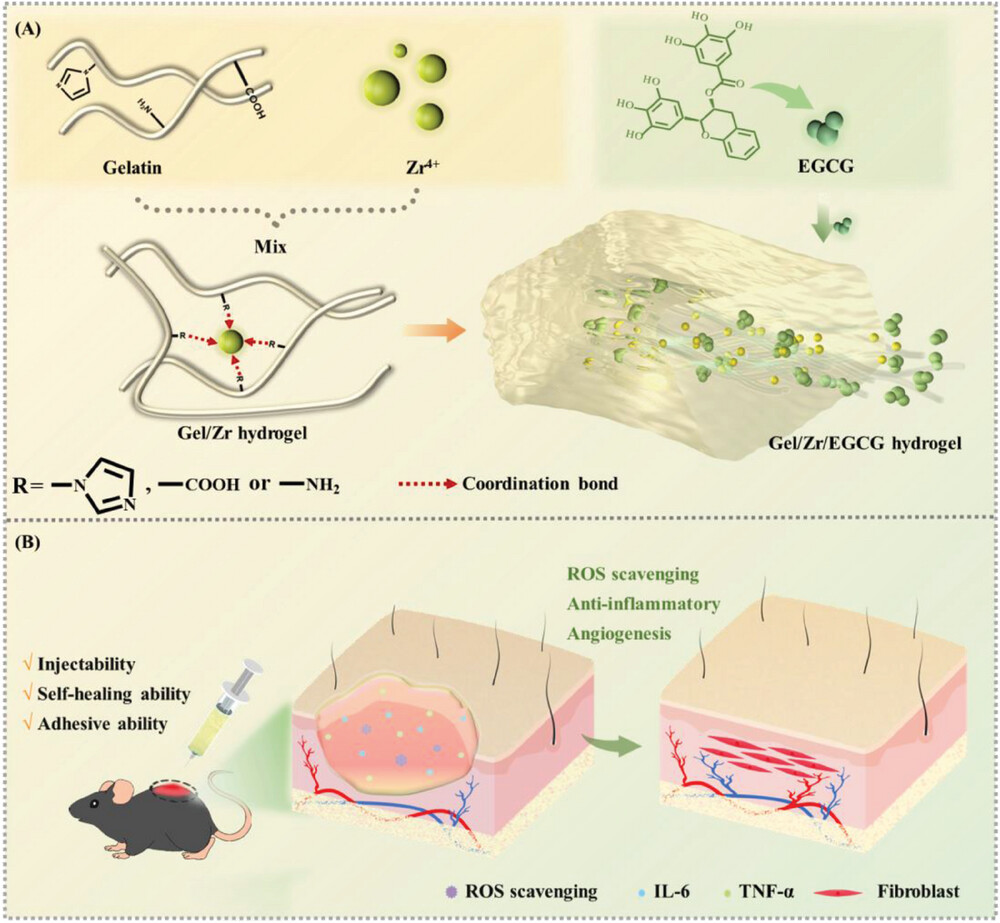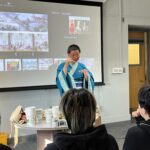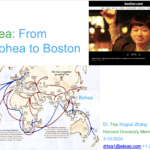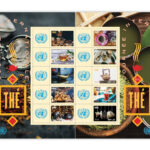In the recent publication in Advanced Science “Facile General Injectable Gelatin/Metal/Tea Polyphenol Double Nanonetworks Remodel Wound Microenvironment and Accelerate Healing“, would healing was accelerated by incorporating the tea polyphenol metal nanonetwork through in situ doping of the epigallocatechin gallate (EGCG) with great antibacterial, self-healing, antioxidant, and anticancer capabilities.
In the abstract, the authors mentioned “Treating the most widespread complication of diabetes: diabetic wounds poses a significant clinical obstacle due to the intricate nature of wound healing in individuals with diabetes. Here a novel approach is proposed using easily applicable injectable gelatin/metal/tea polyphenol double nanonetworks, which effectively remodel the wound microenvironment and accelerates the healing process. The gelatin(Gel) crosslink with metal ions through the amino acids, imparting advantageous mechanical properties like self-healing, injectability, and adhesion. The nanonetwork’s biological functions are further enhanced by incorporating the tea polyphenol metal nanonetwork through in situ doping of the epigallocatechin gallate (EGCG) with great antibacterial, self-healing, antioxidant, and anticancer capabilities. The in vitro and in vivo tests show that this double nanonetworks hydrogel exhibits faster cell migration and favorable anti-inflammatory and antioxidant properties and can greatly reshape the microenvironment of diabetic wounds and accelerate the wound healing rate. In addition, this hydrogel is completely degraded after subcutaneous injection for 7 days, with nondetectable cytotoxicity in H&E staining of major mice organs and the serum level of liver function indicators. Considering the above-mentioned merits of this hydrogel, it is believed that the injectable gelatin/metal/tea polyphenol double nanonetworks have broad biomedical potential, especially in diabetic wound repair and tissue engineering.”

Figure: Conceptual description of a multifunctional Gel/Zr/EGCG hydrogels to promote diabetic wound healing. A) The formation of Gel/Zr/EGCG hydrogels, which was obtained through metal coordination reactions between amino, carboxyl, hydroxyl, and imidazole groups on Gel and Zr4+. B) Gel/Zr/EGCG hydrogels dressings were constructed using a simple injection mix that exhibited antibacterial properties, reduced inflammation, promoted orderly wound healing, and guided tissue regeneration.
For more details: https://doi.org/10.1002/advs.202305405





Comments by wteao
Prof. Shen Dongmei`s New Book on Tea
Rajiv Rochan---“ambassador of tea” of India in China, India Director ...